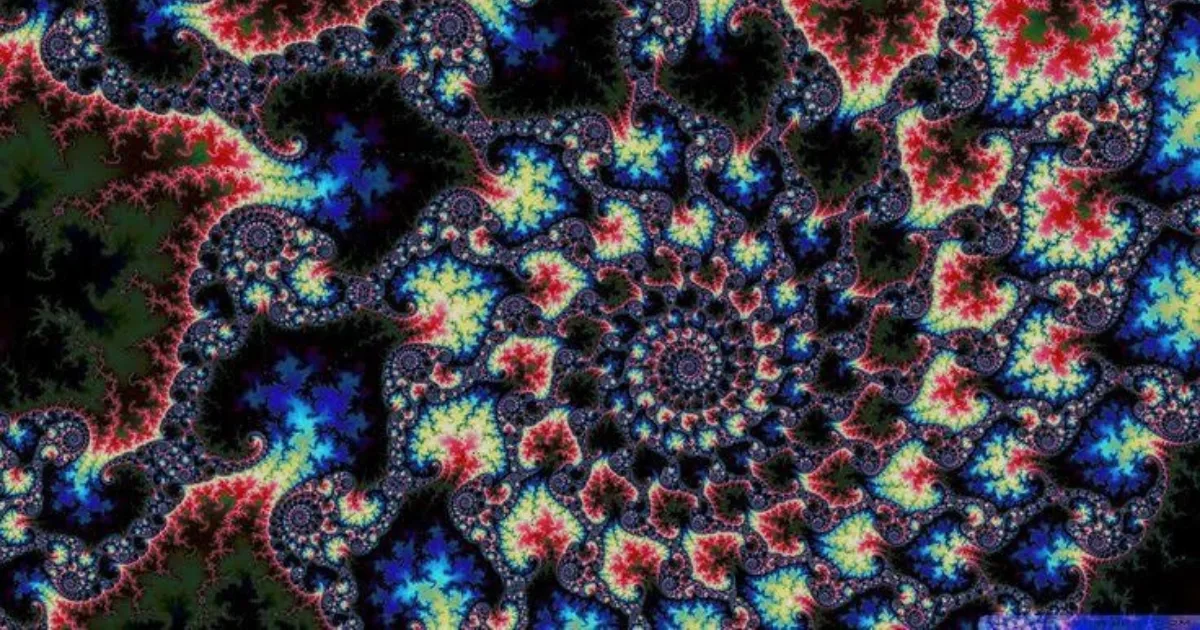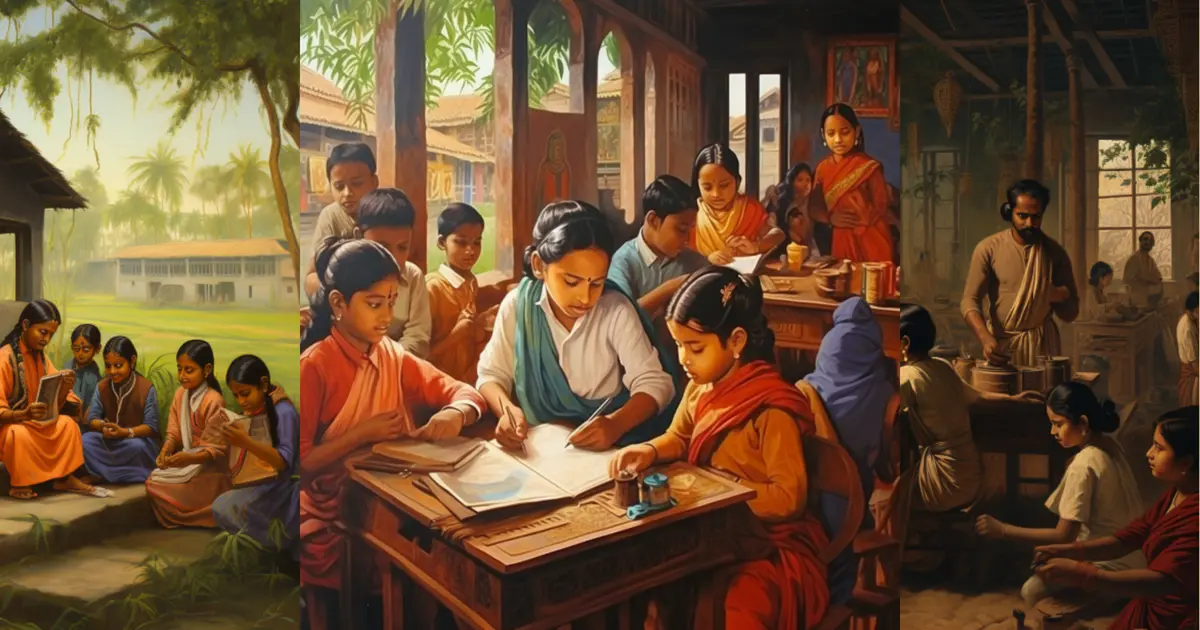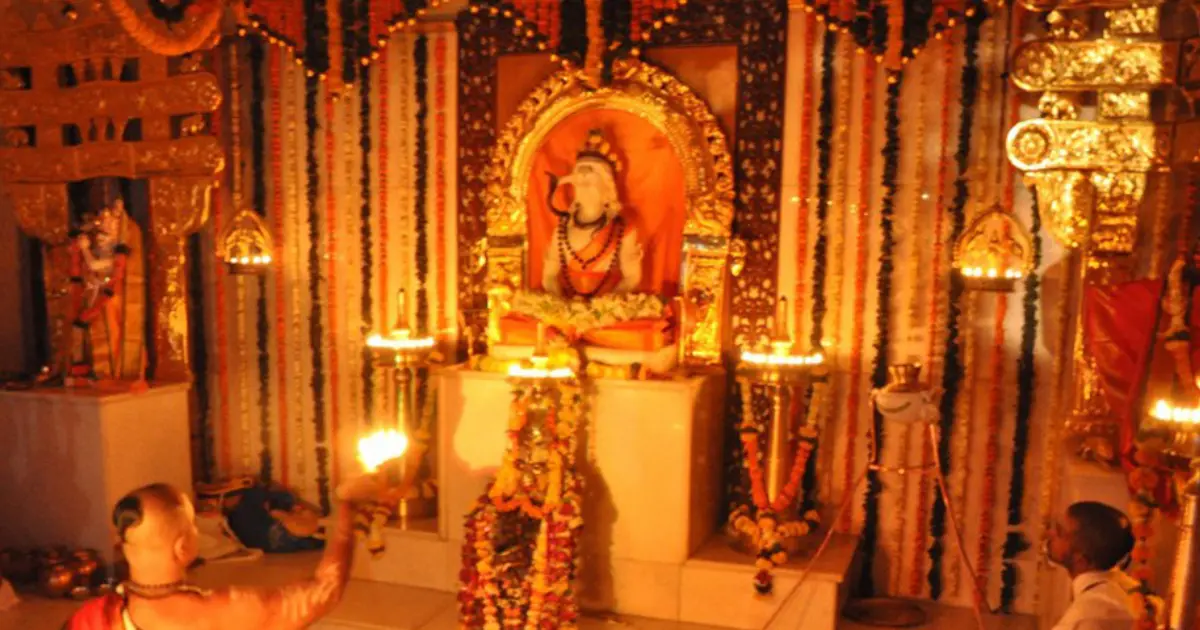The latest
opinion piece published in
Moneycontrol, authored by Arindam Goswami, criticising the
Setubandha Vidwan Yojana blatantly peddles falsehoods about Indian knowledge and adopts a distinctly condescending tone toward India’s intellectual heritage, casting the policy as a confused attempt to mix rational science with what it dismisses as faith-bound scriptural tradition. The author argues that by granting students from traditional
gurukulas direct entry into IITs with scholarships and research funds, the government is undermining the sanctity of scientific rigor and exposing premier institutions to the dangers of superstition masquerading as knowledge. While grudgingly acknowledging that ancient India produced remarkable advances in mathematics, astronomy, and medicine, the piece insists these were outcomes of empirical reasoning divorced from the study of the
śastras, which it portrays as little more than dogma. The policy, according to Goswami, is less an academic initiative than an indulgence in civilizational nostalgia, one that confuses national pride with sound educational reform. This framing not only misrepresents the nature of India’s traditional knowledge systems but also rests on a false dichotomy between science and the
śāstras, dismissing the possibility that structured inquiry and empirical reasoning were deeply embedded within India’s own intellectual traditions.
Goswami further claims that admitting gurukula-trained students into IITs without prior exposure to empirical methods dangerously swaps “the hard-won, peer-reviewed wisdom of the modern scientific method for a rose-tinted leap of faith”. He also writes that the move is “not a celebration of intellectual diversity; it is the abandonment of the standards that make genuine science possible.” This objection is both circular and misleading, because it assumes the very gap that the Setubandha scheme is designed to bridge. As the official guidelines make clear, the program is not about handing out degrees to those who have memorised Manusmṛti (Goswami revoltingly quips, “Was Newton ever asked to recite from memory the laws of Manu? Did Einstein crack the theory of relativity through Vedic maths?”). Rather, it is about identifying exceptional scholars of the śāstras and immersing them in structured research that integrates traditional learning with modern academic practice. Candidates must undergo a rigorous process—including certification by their guru, written and oral examinations, and evaluation by expert panels—before being placed in postgraduate or doctoral tracks deemed equivalent to modern degrees. Once admitted, they are assigned dual mentors, required to conduct research combining Indian knowledge systems with contemporary methodologies, and must produce dissertations subject to public defense, peer review, and progress evaluations. In other words, the scheme explicitly builds in exposure to modern scientific protocols, academic publishing, and communication skills. To argue, therefore, that these scholars are entering without training in empiricism misses the point: the entire scheme is precisely about providing that training, thereby creating a genuine bridge between India’s indigenous traditions of inquiry and the globally recognized standards of modern scientific thought.
In writing that “Fast-tracking gurukul graduates - without any test of whether they can tell a hypothesis from a mantra - into the hallowed grounds of IITs, is quite another”, the article creates the false impression that the scheme is a backdoor into the IITs, and therefore a dilution of their prestige and quality. In reality, the students will be formally enrolled with the Central Sanskrit University, and their degrees will be conferred by the CSU, not by IIT. The model is an agreement between CSU and the Ministry of Education to promote inter-university cooperation: CSU provides the framework, while IIT professors may serve as mentors, offering access to scientific facilities and guidance with modern research methods. This is hardly a blot on IIT standards; rather, it gives gurukula students exposure to new ways of inquiry, while their own training brings a depth of textual and conceptual expertise into the conversation.
Goswami further writes: “Let’s spell it out: this is a non-scientific, irrational move, masquerading as inclusivity. At its core, it seems designed not for improving Indian science, but for soothing a collective inferiority complex - an anxiety-ridden infatuation with India’s “civilisational ethos” and the fantasy of a golden age when Indian knowledge apparently held every answer, from calculus to the cosmos, before any other nation stumbled out of the intellectual primordial soup armed with a slide rule.”
The above passage is not only unfairly dismissive but betrays the author’s extreme bias more than exposing any flaw in the Setubandha scholarship. To reduce a carefully structured educational initiative into an “anxiety-ridden infatuation” is rhetorical sleight of hand, plain mockery in place of argument. It ignores the actual provisions of the scheme, which are built around rigorous examinations, mentorship, research, and exposure to contemporary scientific methods. The sneer at India’s “civilisational ethos” undermines legitimate traditions that embody sustained rational inquiry — from medicine to mathematics — and that reconnecting them with modern frameworks of research methodology is not regression but enrichment. Goswami ignorantly glosses over the fact that Indian epistemic traditions have produced verifiable contributions to science and can continue to do so when given institutional space. To represent this initiative as irrational pandering to nostalgia is, therefore, the projection of a colonial hangover, an inability to view Indian traditions as anything more than curiosities unless validated by the West.
Moreover, the suggestion that gurukula-trained students steeped in traditional learning are somehow incapable of handling the demands of modern research is both dismissive and inaccurate. The Setubandha scheme itself requires candidates to clear exacting written and oral examinations before they are even considered, and anyone familiar with the disciplines of śāstric study knows that the years of gruelling training demand a degree of memory, stamina, discipline and intellectual rigor that few contemporary systems can rival. To portray this as second-rate training is steeped in arrogance. Equally misleading is the assumption that such learning is an antiquated relic, incapable of contributing to contemporary issues.
The article’s suggestion that the śāstras and the wider traditions of Indian learning are devoid of skepticism or rationality is a deeply reductive—and frankly fraudulent—claim. To equate these systems purely with dogma is to ignore the vast traditions of debate, dialectics, and logical inquiry that were integral to Indian intellectual life. Schools like nyāya were built precisely on rigorous methods of inference, verification, and refutation; the tarka tradition trained students to challenge, question, and dismantle arguments before arriving at conclusions. Even texts in medicine, astronomy, and philosophy display a constant interplay of hypotheses, counter-arguments, and refinements across centuries. To deny this critical spirit is not only historically inaccurate but also an act of erasure, flattening India’s intellectual heritage into a caricature that fits the author’s polemic.
The program is not without safeguards: progress reports, periodic reviews, dissertations, and public defenses ensure accountability and maintain standards that are, if anything, stricter than those faced by conventional students. Another egregious transgression by the author is the disparaging reduction of jyotiṣa to a glorified astrology, which betrays a lack of historical literacy and lays his inexplicable hatred bare: jyotiṣa encompasses complex mathematical and astronomical calculations essential to calendrics, navigation, and eclipse prediction.
At a more foundational level, it is imperative to recognize that the modern Western scientific method represents only one mode of interrogating reality—not the singular prism through which truth must be discerned. As the eminent physicist Werner Heisenberg observed in Physics and Philosophy, “we have to remember that what we observe is not nature in itself but nature exposed to our method of questioning. Our scientific work… consists in asking questions about nature in the language that we possess and trying to get an answer from experiment by the means that are at our disposal.” This insight is powerfully echoed by theologian John Milbank, who argues that conflating science with an ultimate worldview — all-encompassing in its claims — erodes the richness of human understanding by reducing the universe to little more than “bits of stuff pushing each other around in a void”. Milbank reminds us that science, in its essence, is a methodological tool shaped by cultural assumptions and not a metaphysical confessional*; failing to acknowledge this risks elevating one epistemic framework into a dogma. Far from discrediting scientific inquiry, this perspective invites a pluralistic posture—one in which traditional systems of learning are also understood as structured, disciplined methods of posing questions about reality, articulated in a different language but motivated by the same impulse to explore, understand, and apply. In this light, **the Setubandha scheme is not an anachronism but an experiment in epistemic plurality, seeking to bridge two complementary, rather than contradictory, ways of knowing.*
References





